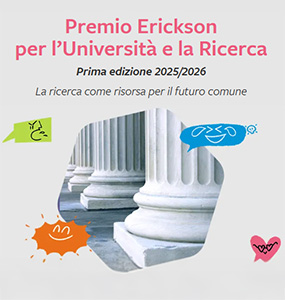From taking care of to caring for people with disabilities
Maura Striano, Valentina Paola Cesarano
In the contexts of health and care, we urgently need to re-examine the difference between the meaning of taking care of (in a technical sense) and caring for patients. This is because in institutions and services taking care of a patient in the medical sense, but also in educational and social senses, has lost sight of caring for others, which can be described as authentic concern, based on relationships. The emergency situation provoked by COVID-19 has accentuated this need even more. In recent years, the news has reported on numerous episodes of violence against patients with disabilities, perpetrated by those who should be taking care of them. However, the existence of services and operators offering high quality responses, elevated professionalism and attention to relationships nevertheless should not be ignored. What makes the difference? There is a clear need for careful selection, constant control over operators’ activities, continuous training to encourage professional growth and initial re-motivation to prevent it fading over time. In light of this, we decided to formulate a study focused on redesigning the training of health professionals, into a kind of training that provides the tools to promote a biopsychosocial vision of patients with a disability, tending to their life plan and their quality of life, thus making them the key players of the treatment process.
Keywords
Caring, disability, training, quality of life, biopsychosocial model.


